Search Images
Browse Content (p. 1136)
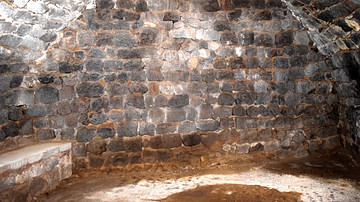
Image
Unique Stone Architecture at Tatev Monastery
Tatev Monastery was one of medieval Armenia's most important religious and cultural centers during the Middle Ages. It's famous throughout the Caucasus for its stone architecture and location on a large basalt plateau near the Tatev village...

Image
Stone Architecture at Tatev Monastery
Tatev Monastery was one of medieval Armenia's most important religious and cultural centers during the Middle Ages. It's renown for its stone architecture and location on a large basalt plateau near the Tatev village in Syunik Province in...
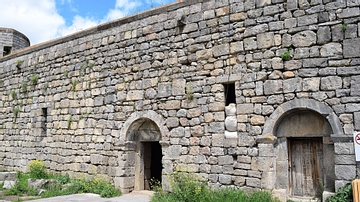
Image
St. Grigor Lusavorich Church at Tatev Monastery
The single-nave St. Grigor Lusavorich Church was originally comissioned in 848 CE by Prince Philip of Syunik.
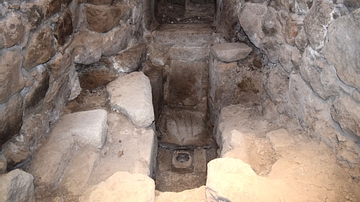
Image
Tatev Monastery's Oil Mill
Oil mills have existed in Armenia since the Urartian era, and their archaeological remains can be found in all regions of Armenia. This oil mill at Tatev Monastery in Armenia dates from the 17th century CE.
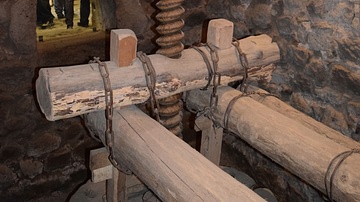
Image
Oil Mill at Tatev Monastery
The oil mill at Tatev Monastery used to provide oil from hemp, lineseed, and sesame to monks and inhabitants who lived within a short distance from the monastery.
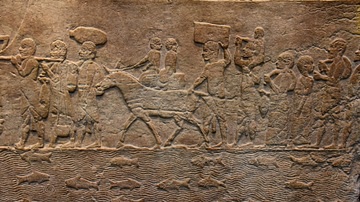
Image
Egyptian Civil Prisoners from Memphis
This is a detail of a large gypsum panel which shows the Assyrian army attacking the Egyptian city of Memphis and commemorates the final victory of the Assyrian king Ashurbanipal II over the Egyptian king Taharqa in 667 BCE. This wall slab...

Image
Assyrian Soldiers Engaging with Nubian Soldiers at Memphis
Detail of a large gypsum wall panel showing the Assyrian army attacking the Egyptian city of Memphis and commemorating the final victory of the Assyrian king Ashurbanipal II over the Egyptian king Taharqa in 667 BCE. Panel 17, Room M of the...
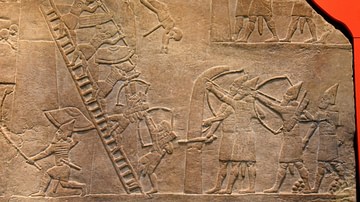
Image
Assyrian Archers Attacking an Egyptian Fortress at Memphis
Detail of a large gypsum wall panel showing the Assyrian army attacking the Egyptian city of Memphis and commemorating the final victory of the Assyrian king Ashurbanipal II over the Egyptian king Taharqa in 667 BCE. Panel 17, Room M of the...

Image
Assyrian Soldiers Holding Decapitated Heads of Nubian Soldiers
Detail of a large gypsum wall panel, depicting the Assyrian attack on a fortress at the Egyptian city of Memphis in 667 BCE, Panel 17, Room M of the North Palace at Nineveh, Northern Mesopotamia, modern-day Iraq, Neo-Assyrian Empire, 645-635...
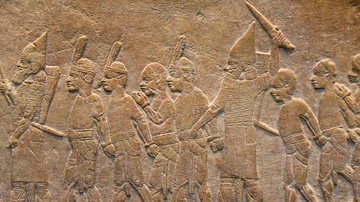
Image
Assyrian Soldiers with Nubian Prisoners
This is a detail of a large gypsum wall panel. The panel depicts the Assyrian attack on a fortress at the Egyptian city of Memphis in 667 BCE. Here the Nubian soldiers of King Taharqa (of the 25th Dynasty) are being led, as prisoners, by...